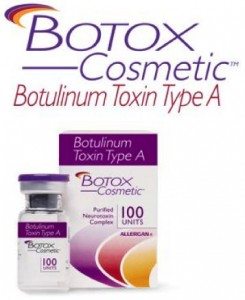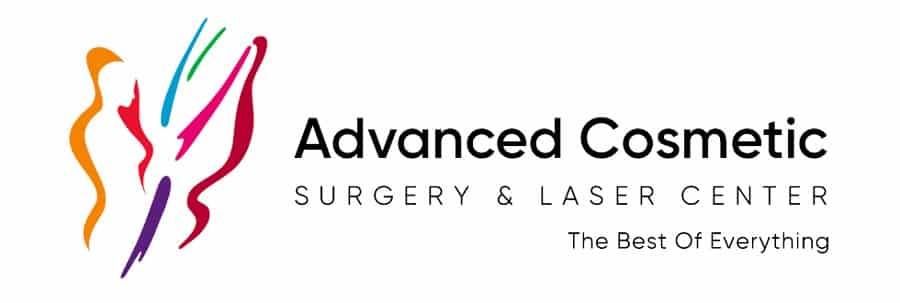When is Sweat too much Sweat?

WHEN IS SWEAT TOO MUCH SWEAT?
For some people, sweating can go into overdrive. Severe underarm sweating, also known as severe primary axillary hyperhidrosis, is a condition in which the body sweats more than it has to in order to regulate body temperature. The severity of the condition is based on the extent it interferes with your daily activities.
Botox can be injected into the skin of the underarm when topical products used to control sweating do not work, for people 18 years and older.
Sweating is good, most of the time. Sweating is normal and healthy. In fact, your body has between 2 million and 4 million sweat glands. When your body heats up, these glands release sweat to help cool you down.
What’s considered “normal” sweating? There is no “normal”! Some people just naturally sweat more than others, so try not to compare yourself with others. However, if you do any of the following to cope with sweating, talk to us about our solutions.
-Need to change clothes frequently
-Layering or putting absorbent materials under your clothing
-Avoiding certain fabrics, colors or styles of clothing
When are antiperspirants and deodorants not enough? Over-the-counter and prescription antiperspirants are two of the first options people with severe underarm sweating try. These products work by blocking sweat ducts and reducing the amount of perspiration that reaches the skin. Deodorants help control body odor and are typically used in addition to antiperspirants. When these products don’t work well enough, it may be time to ask about Botox.

Addresses the following concerns
- Treats the symptoms of severe underarm sweating when medicines used on the skin do not work well enough.
BOTOX® Procedure
- A tiny needle is used to inject a small amount of the medication into the area responsible for sweat.
- Injection time takes a few minutes or less.
BOTOX® Recovery
- Virtually no recovery time, and no dressings or bandages are needed.
- You may have small, red bumps at injection sites, that subside in 15-30 minutes.
- Pain is minimal. Patients may experience brief, tolerable pain during injection, and a minor amount of tenderness after treatment.
- You may go back to work with unrestricted activities immediately, just avoid pushing or rubbing on the treated areas for the rest of the day.
BOTOX® Result
- Beautiful and natural-looking softening or elimination of most affected wrinkles lasting 3-6 months.
Ask us about Special Package Pricing!
Other uses:
- BOTOX® Cosmetic has also been used to effectively treat excessive sweating (hyperhydrosis) of the underarms, feet, or hands, as well as to minimize the length and severity of migraine headaches.
FAQs about BOTOX® Cosmetic
Q. What can be done to alleviate my facial wrinkles during lunch, without excessive pain or recovery time?
Treatment with BOTOX® Cosmetic.
Q. What is BOTOX® Cosmetic?
BOTOX® Cosmetic is a therapeutic agent derived from the bacterium Clostridium Botulinum. Also known as Botulinum Toxin Type A, BOTOX® Cosmetic is produced in FDA controlled laboratory conditions and is administered in extremely small therapeutic doses. Botulinum Toxin Type A is the most studied of the seven different serotypes of botulinum toxin (A, B, C1, D, E, F, and G.) Each type has different properties and actions. BOTOX® Cosmetic is a therapeutic muscle-relaxing agent that helps to remove wrinkles over a variety of areas of the face. It has been used for over twenty years and millions of injections, and is approved by the FDA for a number of different conditions.
Q. How does BOTOX® Cosmetic work?
Normally your brain sends electrical messages to facial muscles so that they can contract and move. The electrical message that is generated from you brain is transmitted through facial nerves. At the end of the nerve a neurotransmitter, acetylcholine, is released to deliver a message to the muscle. BOTOX® Cosmetic works to block the release of acetylcholine, and, as a result, the muscle doesn’t receive the message to contract. Therefore, BOTOX® Cosmetic provides predictable and reliable results in alleviating wrinkles resulting from overactivity of certain muscles.
How is BOTOX® Cosmetic administered?
BOTOX® Cosmetic is injected into the muscle using a very fine needle. Tiny amounts are required, usually less than 0.5 cc. Multiple areas may be treated at the same time.
Q. How long does the treatment take?
BOTOX® Cosmetic injections take less than a minute to perform.
Q. Does the treatment hurt?
No. Some patients may report minor and temporary discomfort from treatment, however, this lasts for only seconds. The majority of patients do not complain at all, and in fact, most patients will use BOTOX® Cosmetic again.
Q. Is there any recovery time required?
BOTOX® Cosmetic is truly a lunchtime procedure. You may return to work immediately after treatment.
Q. When does BOTOX® Cosmetic start to work?
Usually, you will see the effects of BOTOX® Cosmetic within two to three days. The maximum benefit is reached in one to two weeks.
Q. How long does the effect last?
Typically, effects last from three to six months before fading. To maintain the best results, patients should retreat about every three to four months.
Q. How long can I be treated with BOTOX® Cosmetic?
BOTOX® Cosmetic treatments can typically be repeated indefinitely. Long-term treatment with BOTOX® Cosmetic has well-established as it has been used for over 20 years worldwide.
Q. Is BOTOX® Cosmetic right for me?
Book a consultation with Dr. Mendelsohn to find out if BOTOX® Cosmetic is the right treatment for you. BOTOX® Cosmetic should not be used during pregnancy, if you are nursing, or if you are taking certain medications. Only your Facial Plastic Surgeon can determine the best course of treatment. If you have any questions regarding the use of BOTOX® Cosmetic, please call or email us.
Q. What side effects may be experienced when using BOTOX® Cosmetic?
All medications have some side effects. When using BOTOX® Cosmetic for the treatment of facial wrinkles, side effects are minimal. It has been reported, however, to cause a transient weakness of muscles at the injection sites. Rarely, nausea or a drooping of an eyebrow have been observed.

